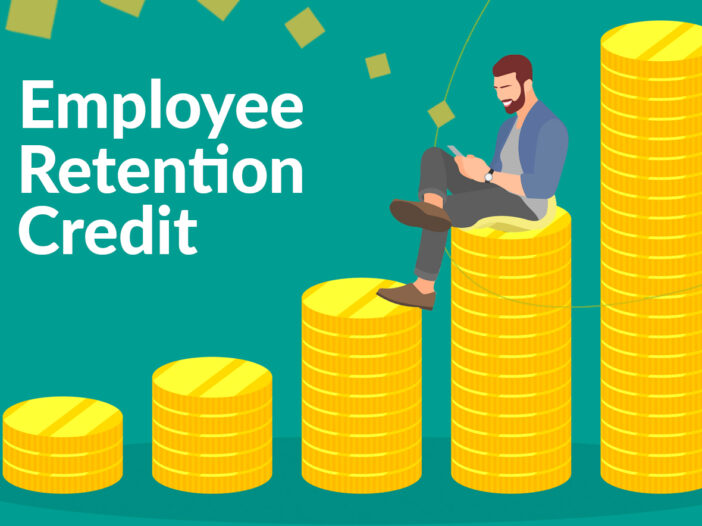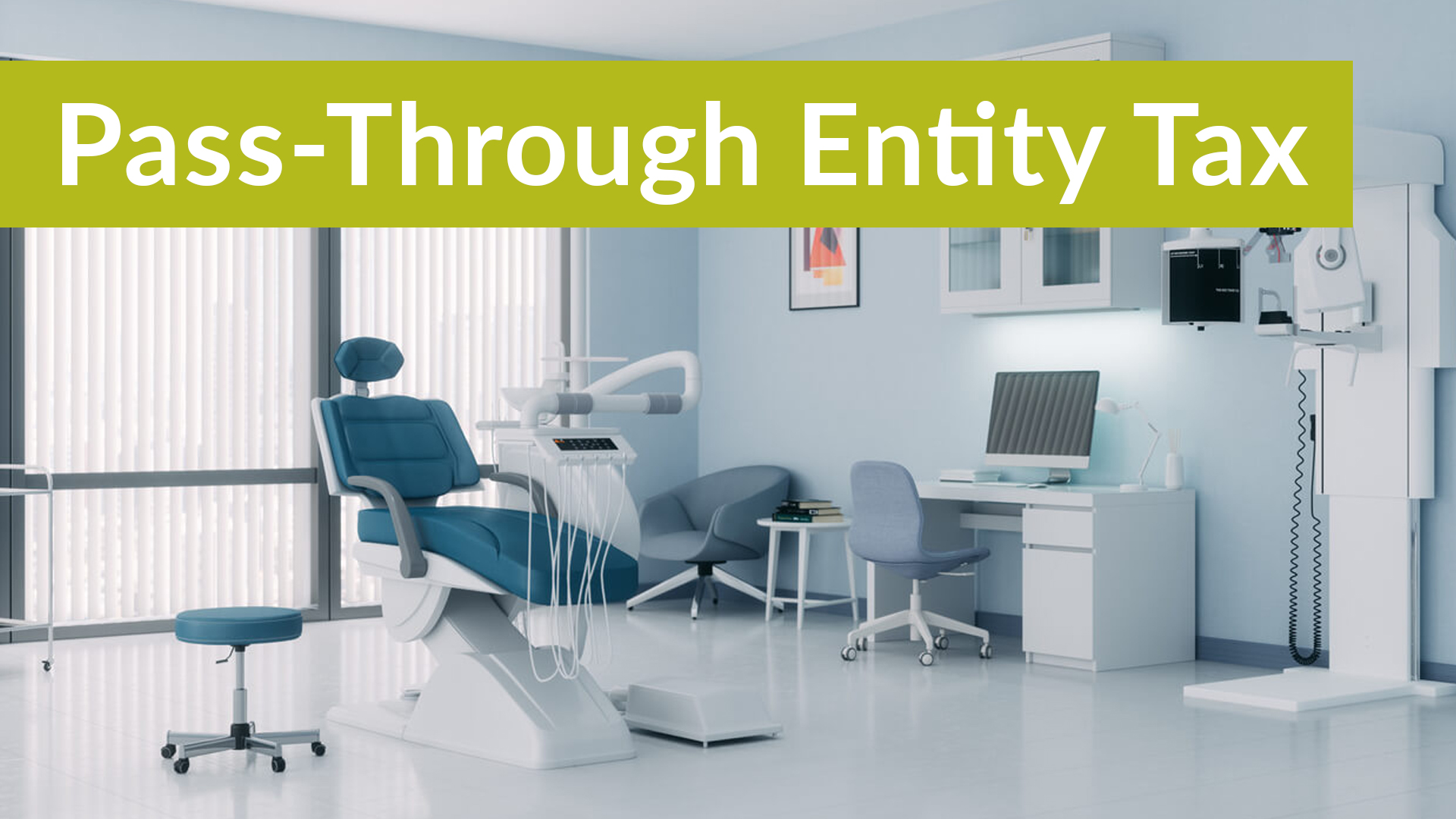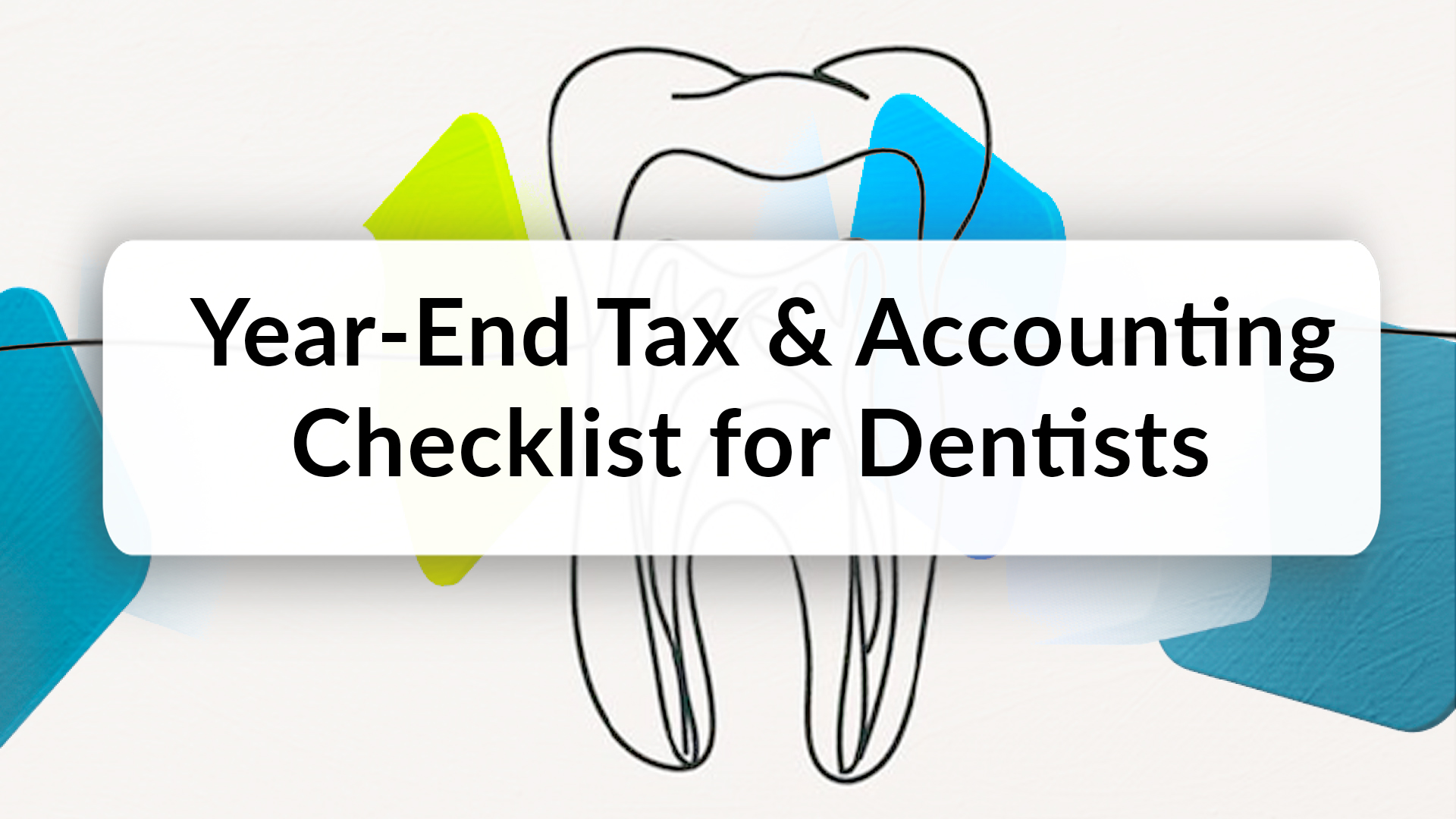
The U.S. government has repeatedly revised the requirements for U.S. taxpayers to claim the Employee Retention Credit (“ERC”), also commonly known as the Employee Retention Tax Credit, since its initial codification into law. As a result, many eligible taxpayers have been left uncertain as to whether they may properly claim this often-valuable tax credit. Because there is a strict statute of limitations on claiming the ERC, potentially eligible taxpayers that have not already claimed the ERC should review their eligibility under current U.S. law as soon as possible.
ERC Background: A Valuable Credit that Allows for Retroactive Filing
The ERC is a refundable payroll tax credit for wages and health plan expenses paid or incurred by an employer: (1) whose operations were either fully or partially suspended due to a COVID-19-related governmental order; or (2) that experienced a significant decline in gross receipts during the COVID-19 pandemic. The ERC has arguably been one of the most valuable provisions originating under the Coronavirus Aid, Relief, and Economic Security Act (“CARES Act”), offering significant payroll tax relief for employers who kept employees on their payroll and continued providing health benefits during the COVID-19 pandemic. Eligible employers can still retroactively file a claim until the statute of limitations closes on April 15, 2024, for the 2020 ERC and April 15, 2025, for the 2021 ERC.
Beware of Third-Party ERC Schemes
In March 2023, the IRS listed the ERC among its annual “Dirty Dozen” list of tax scams. The IRS has also issued multiple warnings on its website of blatant attempts by tax promoters to coerce ineligible employers to claim the credit. The IRS further noted the market has become inundated with aggressive marketing that promises business owners significant cash refunds based on inappropriate interpretations of current ERC law. These claims are often based on inaccurate information related to eligibility for and the computation of the credit. Such claims could be significantly detrimental to taxpayers, who will be required to return improper refunds, accrue interest payable to the U.S. Treasury, and potentially incur civil penalties. It is, therefore, critical for a taxpayer to ensure its potential ERC eligibility is determined by a trusted tax professional.
Determining the Validity of ERC Claims
The IRS has warned the public of ERC scams to prevent U.S. taxpayers from becoming victims of fraud. However, this warning should not deter employers from claiming an ERC if they are eligible under current U.S. law.
Many employers do not meet the stringent eligibility requirements for ERC eligibility. For eligibility to be determined, a practitioner must gain an in-depth knowledge of the facts and circumstances surrounding the employer’s business, including, for example: the legal entity structure, proper identification of gross receipts, and/or evidence of the manner in which a government order affected an employer’s operations during the applicable period. An employer that is potentially eligible for the ERC should, therefore, avoid ERC promoters that do not substantiate or document how the employer’s business was impacted by the COVID-19 pandemic before filing an ERC claim.
Next Steps: Employers That Have Not Claimed an ERC Benefit
U.S. taxpayers that may be eligible for the ERC should identify a trusted advisor to perform an eligibility analysis prior to reporting any unclaimed ERC benefit. A U.S. taxpayer will then be prepared to weigh the risks and benefits of filing a claim for the benefit.
Most eligible employers who overlooked the credit can still claim it by filing Form 941-X, Adjusted Employer’s Quarterly Federal Tax Return or Claim for Refund, available on IRS.gov. Form 941-X filers and businesses that file other types of returns can visit IRS.gov/ERC for details, forms, and instructions.
Next Steps: Employers That Are Still Awaiting ERC Refunds
A U.S. taxpayer still awaiting a refund after filing a claim for an ERC benefit should seek clarity regarding the status of its claim with the IRS by contacting an IRS representative by phone and/or requesting tax records or transcripts for the applicable period(s) for which a claim has been filed. While the IRS processes ERC claims on a first-in-first-out basis, the large volume of claims submitted since codification of the ERC has resulted in delays for many taxpayers. A practitioner will be able to determine the status of the claims filed and advise the taxpayer how to overcome any issues that may be causing delay.
Next Steps: Employers with ERC Claims Selected for IRS Examination
Selection for an IRS examination does not always suggest there is a problem. The IRS uses several different methods, including random selection, computer screening, and/or related examinations. Specifically for ERC examinations, the IRS will require substantiation based on eligibility under governmental order or where the employer experienced a significant decline in gross receipts. For this reason, before eligibility is determined, the taxpayer or tax practitioner must have an in-depth knowledge of any ERC prior to filing a claim. Because audit selection generally occurs up to three years after filing a claim, it is critical that the position for the claim was well-documented and properly reviewed.
Written by Aaron Wright. Copyright © 2023 BDO USA, LLP. All rights reserved. www.bdo.com




